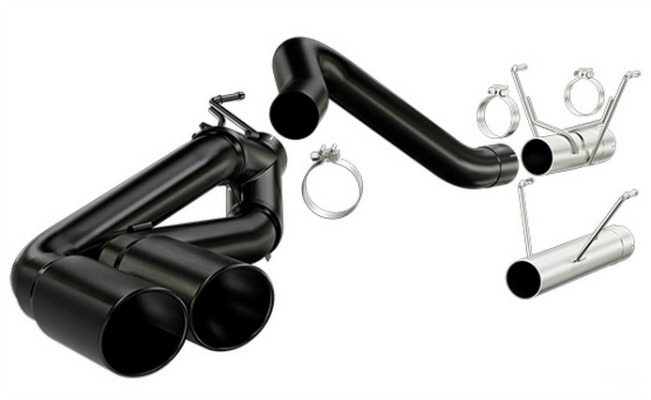We live in an extremely environmentally conscious culture so it’s no longer a necessity to just do a good job – you have to do it the best way it could be done while also being gentle on the environment. A lot of companies are putting in extra effort to have sustainable business practices and policies.
When you’re driving a car and see a semi on the road, you’re very much aware of it, right? Not many companies are as recognizable as trucking companies. Even though people may not be always able to identify the brand of the semi, they are still aware that there are semis driving across the country.

Although most of the things are similar in all semis, their diesel engines are much more fuel efficient than gasoline engines, yet people still think diesel is a “dirty” fuel. There are a few ways to reduce the emission of a diesel engine, and one of the most efficient ways is by installing a dpf back exhaust, diesel oxidation catalysts, closed crankcase ventilation and selective catalytic reduction.
Not only are these solutions beneficial for the environment, but they benefit the companies that enforce them into their vehicles as well. “Green” companies tend to get more public support. The dpf back exhaust method is by far the most effective add-on, as it reduces emissions by PM2.5 (particulate matter), carbon monoxide by 60-90% and hydrocarbons.
It essentially makes your exhaust much cleaner, which is better for all traffic participants. Some people advocate against it, because they have to be cleaned out every once in a while, however, in my opinion, the pros outweigh the cons by far. Like any device, the dpf also needs repairs and maintenance.
However, with the recent advancements in the exhaust technologies, dpfs are more efficient than ever at trapping and eliminating soot. And although many cars in Australia are built with diesel engines and fitted with dpfs, they’re much better suited for semi trucks. The soot and other residues are removed by a process called regeneration in which high heat burns them. There are two types of regeneration – active and passive.
Overall, dpfs are the best add-on to all diesel powered vehicles as they help pass emission tests and promote a safe and healthy environment. Plus, you will be regarded as a “green” company and this fact alone could have a direct impact on your bottom-line.
source: www.factorydirect4x4exhausts.com.au/systems/dpf-back
























